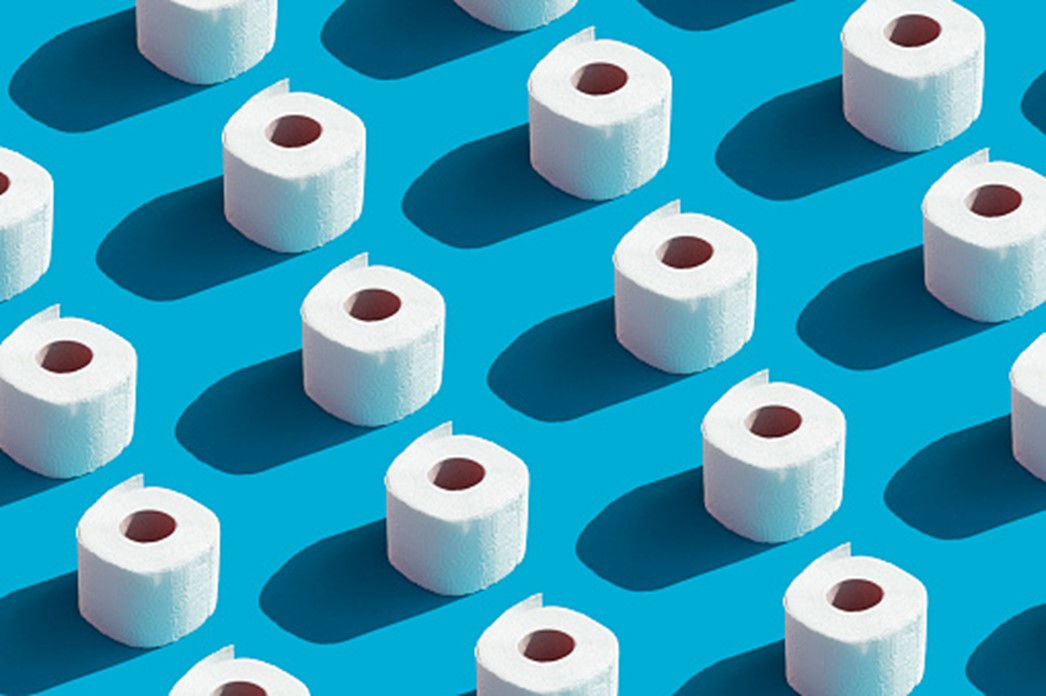What can toilet roll and EV batteries can tell us about the energy industry in the UK?

Rumour has it we could be about to return to the early days of the covid pandemic in 2020 when people were stockpiling toilet paper, but this this time it’s not covid – it’s soaring energy prices.
Since the Russian invasion in Ukraine began, the price of natural gas has risen rapidly to over 400p/therm from around 50p/therm[1] this time last year in 2021. With the EU now proposing sanctions on Russian oil and gas, and the UK and German renewable wind output[2] slumping due to the ‘good weather’, gas demand for generating power is on the rise.
But why does toilet paper get caught up in the crisis? Manufacturing this bathroom essential is incredibly energy-intensive. To give some context, manufacturing one tonne of paper requires an average of 2908KWh[3] of energy. Enough to make over 100,000 cups of coffee[4].
Paper is the 3rd biggest industrial energy consumer in the EU and is hugely impacted by the rising cost of electricity.
Thankfully, the UK government has last week (Friday 29th April 2022) announced it will extend it’s compensation scheme for Energy Intensive Industries (EII) and doubled it’s budget bringing support to over £2 billion since 2013.
Other Energy Intensive industries to benefit are the usual suspects of steel manufacturers, mining, clothes manufacturing and chemical plants for fertilise etc. The scheme signals that the UK government wants the UK to be an attractive investment destination for energy intensive industries, whilst encouraging greater electrification to help cut emissions as part of the green industrial revolution across the country.
Interestingly, the recent announcement includes support for companies that manufacture batteries for electric vehicles, showing how important Electric vehicles now are on the government’s agenda to capitalise on the global shift to greener technologies.
Something as simple as the humble toilet roll has much to say about the geo-political, environmental and economic systems within Europe. Who knew?
Lillian Philip, WUN Industry advocate.
[1] https://www.theice.com/products/910/UK-Natural-Gas-Futures/data?marketId=5253320&span=2
[2] https://www.bloomberg.com/news/articles/2022-05-05/european-gas-prices-rise-as-lower-renewable-output-boosts-demand
[3] https://www.statista.com/statistics/713287/energy-consumed-by-paper-production/)
[4] Based on the Nespresso Citiz which is rated to use 1710W of electricity. Making 4 cups of coffee each day, we can estimate an annual power consumption of around 42kWh sourced from https://thegreenpods.co.nz/how-much-power-does-a-nespresso-machine-use/#:~:text=The%20Nespresso%20Citiz%20is%20rated,power%20consumption%20of%20around%2042kWh.